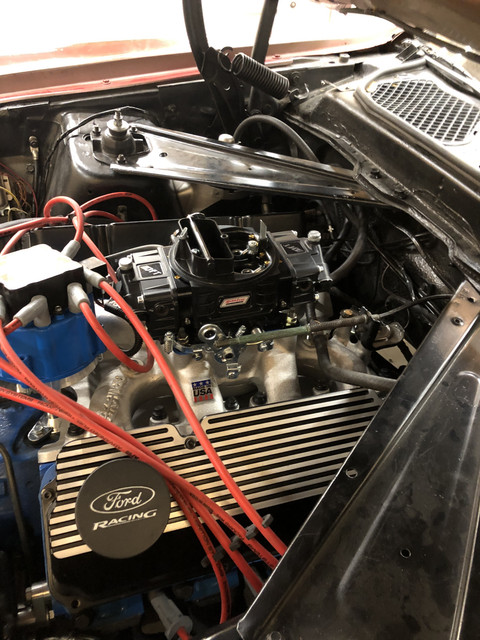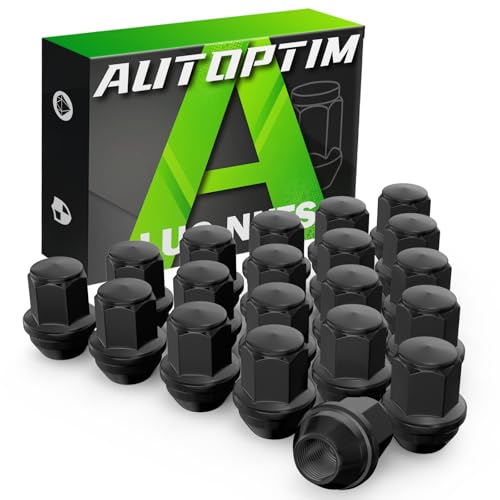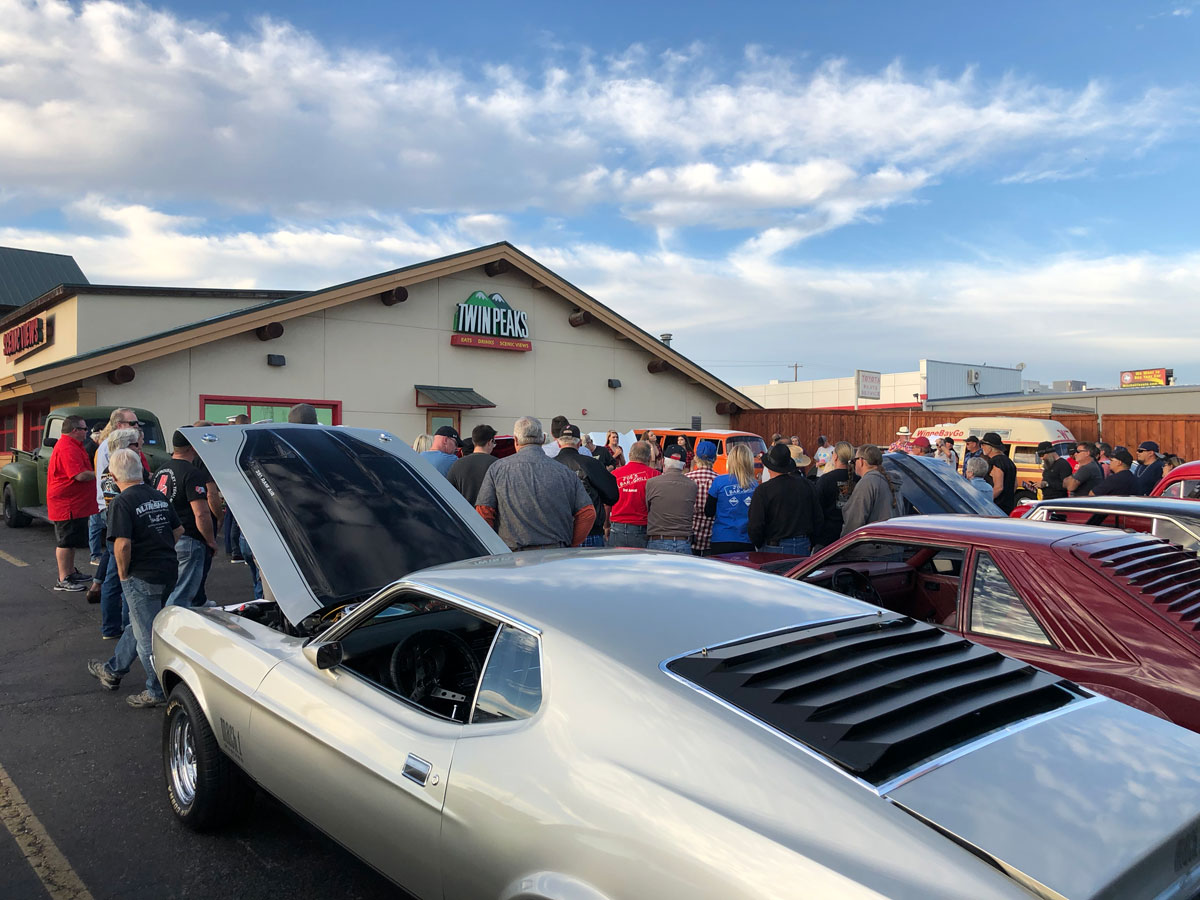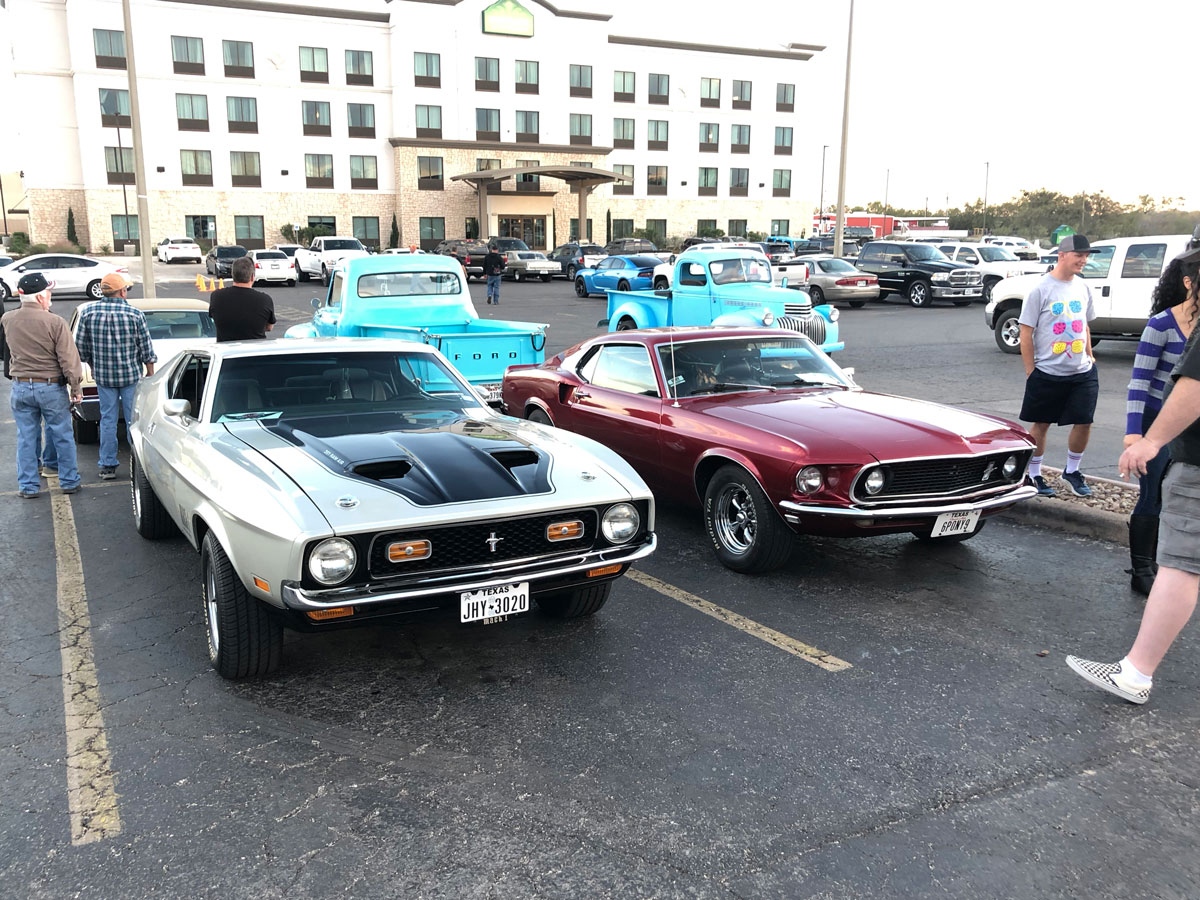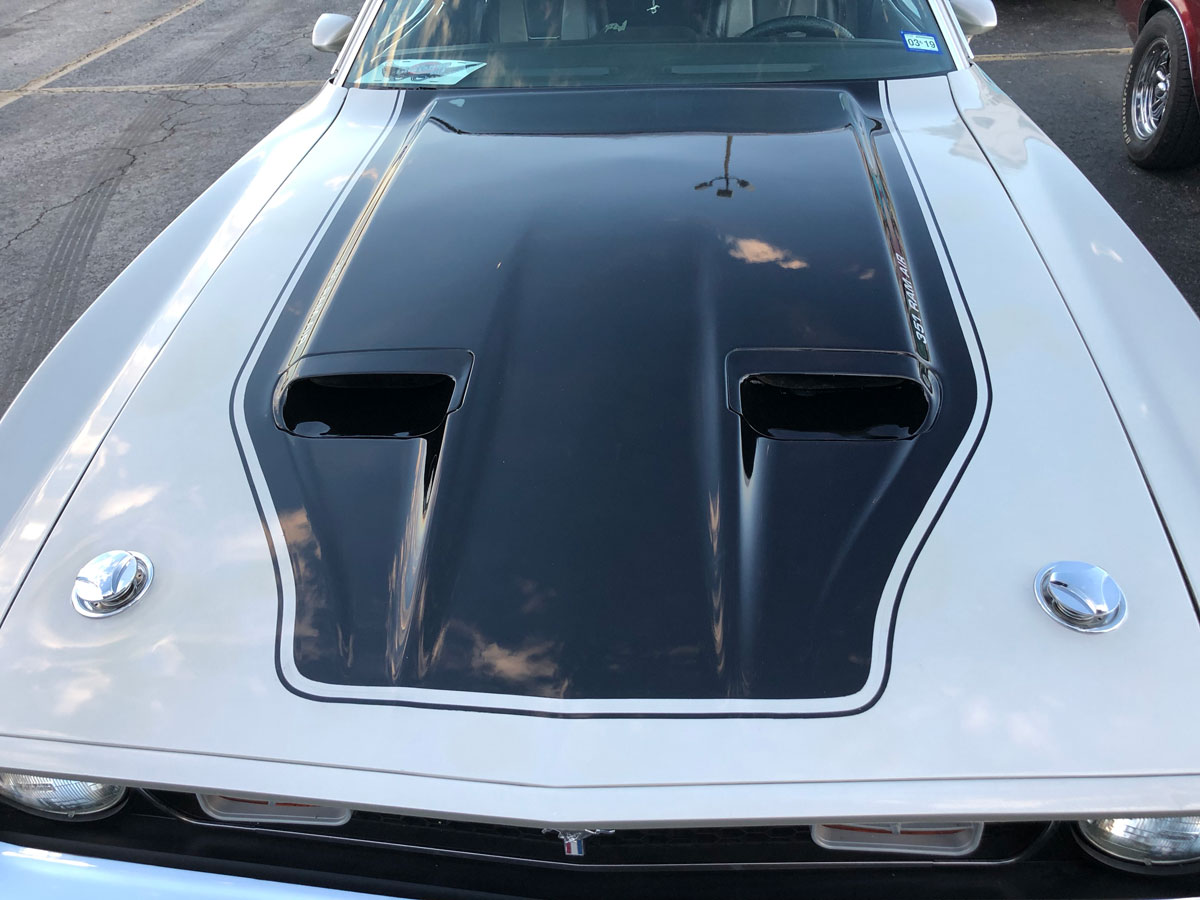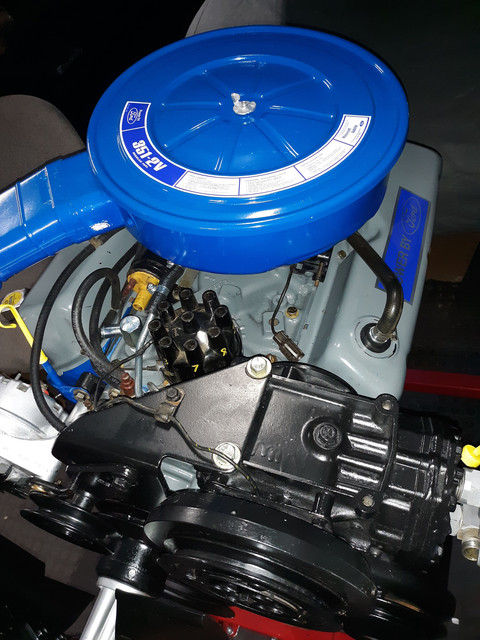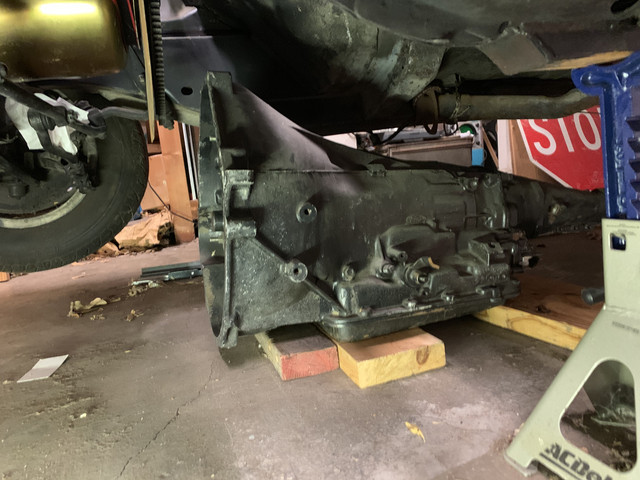What I have stated is not an opinion but stressed by all cam manufacturers. Racing cam profiles and lifters will never last like a stock set up. Many want you to do very specific break in periods and may even ask you to break in with less spring pressure than when you are actually racing.
Due to the heavy spring pressure and the quicker and higher lifts the pressure on the cam and lifter is many times more than with a stock cam. When I worked in race engine shop the boss never let a built engine idle less than 900 to help save the cam. Even at that when we would tear them down that had been driven on street never saw one that was not junk after just a few miles. How many circle track cars do you hear loping at low rpm or professional drag cars? They are torn down quite often and everything changed. If you have a flat tappet cam the lifters do not rotate at lower rpm therefore causing more wear. Also the lubrication at a low idle is just not there. That is why only one or two lobes might wear more than others not the same amount of lube.
Racing parts are made to be ran not sit and idle. Talk to the cam manufacturer and see what they suggest for an idle speed and do some research. I think you will find that high lift cams with heavy valve springs will not hold up in the long run.
Here is some reading on cams there are dozens of sites and none will say to let a cammed up engine idle low.
https://www.camcraftcams.com/some-thoughts-on-cam-and-lifter-wear/
When you put a new engine together get a long travel dial indicator and take actual readings of the valve travel perpendicular to the valve. Check over time to see how the cam and lifters are holding up.
That is one of the benefits of the new engines today like the Coyote with their tiny little valves of less than 1" in diameter and very small springs. They do have 4 valves to make up for size.
Yes if you only drive to a few shows you will probably never have an issue but built engines just do not have a long life.





